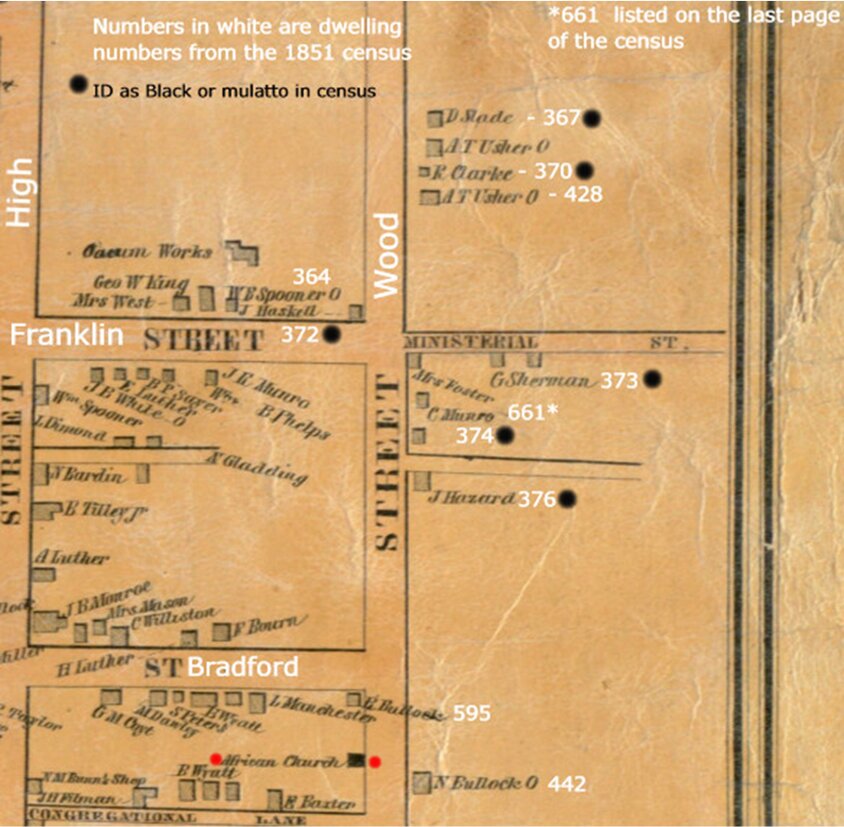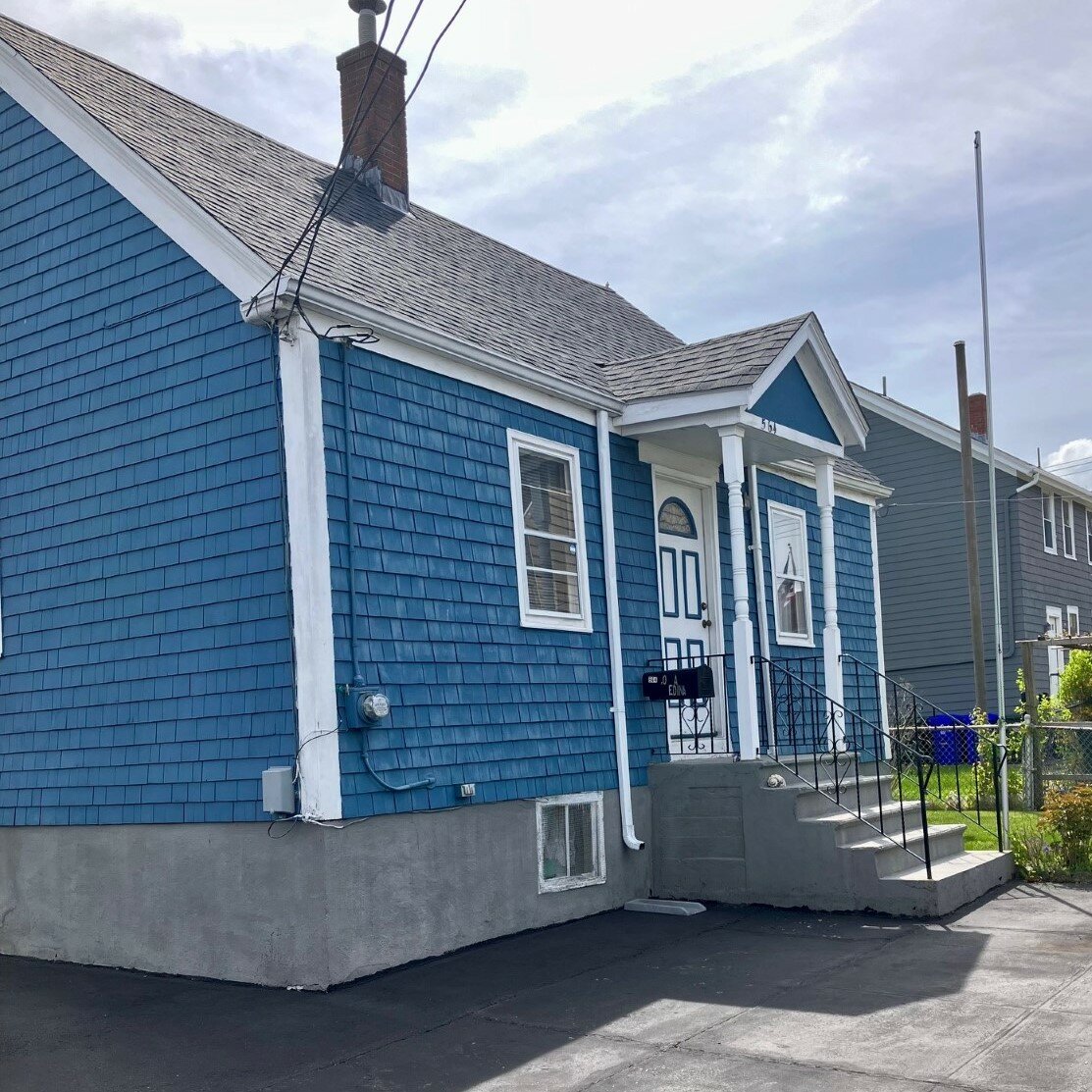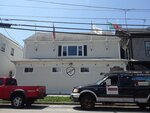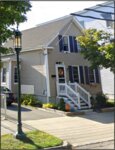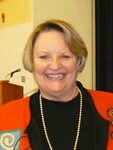A chance to learn more about Bristol's historic Black neighborhood
New Goree began to be developed around 1805, and was populated with a sizable quantity of free Black citizens. More is being uncovered about this area, and a local group wants to share their discoveries.
This item is available in full to subscribers.
Please log in to continue |
Register to post eventsIf you'd like to post an event to our calendar, you can create a free account by clicking here. Note that free accounts do not have access to our subscriber-only content. |
Day pass subscribers
Are you a day pass subscriber who needs to log in? Click here to continue.
A chance to learn more about Bristol's historic Black neighborhood
As the 19th century began, “New Goree,” a community of free Blacks, rose along the Wood Street corridor, roughly between Mt. Hope Avenue and State Street. A century later, the community had all but broken up and moved on to parts unknown.
Now, a local group is working to discover the names of the inhabitants that have been lost to time and uncover the connections that bound the once-vibrant community together.
The group, Research BIPOC History, is a grassroots effort led by a group of community volunteers who are dedicated to researching, recognizing, and honoring the history, humanity, and contributions of the enslaved people who resided in Bristol from its founding in 1680 to the Civil War.
The origins of New Goree are thought to be traced to York Usher, a wood chopper who asked the town if he could build in the New Goree section of town in about 1805. According to Lynn Smith of Research BIPOC History, that began the development of the community.
In her research, Smith was thrilled to find a map of the town, part of the Norman Leventhal Collection and dating to 1851, that noted the owner of each home on the map. Fortuitously, that was one year after the U.S. Census Bureau began recording the names of all members of households.
Up until 1850, only the homeowner’s name was given; other residents were identified only by gender and age. By comparing the 1850 Census and the 1851 map, Smith was able to identify New Goree residents — like Daniel Slade, who lived on the corner of Wood and Franklin, and Marie Hazard, who lived across from the U.S. Rubber factory — by name.
A virtual walk
On Wednesday, May 15 at 10:30 a.m. at the Bristol Senior Center, Smith will offer a slide show/armchair walk of the historic New Goree neighborhood, funded by a grant from the Friends of the Rogers Free Library.
The presentation will be framed with questions such as ‘How do people choose a place where they would like to live? How do they build a neighborhood and a community?’ The program will offer a virtual walk along Wood Street from the comfort of a chair.
Attendees will learn about the leaders of that community who built a church, and a school, and elected their own governor — and paved the way for later immigrants to the area. The effect of the building of the rubber company factory in the 1860s and the impact of its growth on the area and its residents will also be investigated.
The presentation will be repeated on Wednesday, June 5 at 6 p.m. at the Bristol Sports Club at 417 Wood St., on the site of the African Church built in 1850. There will be a cash bar available, and free refreshments will be served. The public is invited and encouraged to attend. An RSVP for the May 15 event is required by contacting the Senior Center at dwilsonbcsc@gmail.com. An RSVP for the June 5 event can be made at researchbipochistory.org or on the library website at rogersfreelibrary.org.
Smith anticipates offering two additional presentations at Franklin Court and the RI Veterans Home for residents of those properties.
In addition, the grant will provide a number of free tickets for onsite 90 minute walking tours of the New Goree neighborhood to be scheduled in late summer and early fall. Updates will be posted on the Rogers Free Library website with information on specific dates and times and how to reserve a ticket.
“The Bristol Sports Club is on the site of where the African AME church was built in 1850, so it’ll be on hallowed ground,” said Smith of the June presentation. “If you ask yourself why you pick a neighborhood…you start to see the interconnectedness of these families. That’s what community is, that’s what this Black community built, and they laid the foundation for the Portuguese, Italian and Irish immigrants that followed.”
For more information visit www.researchbipochistory.org.

